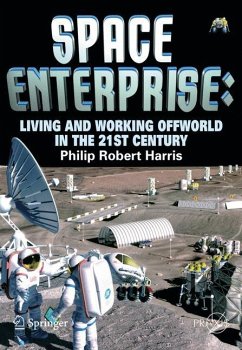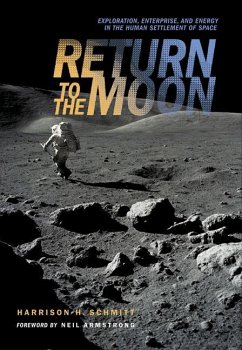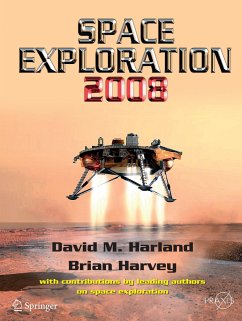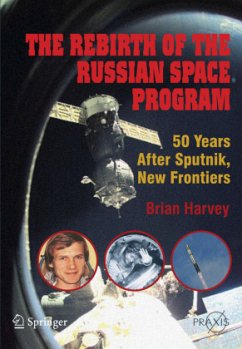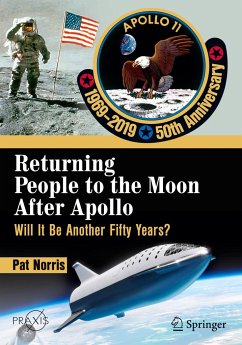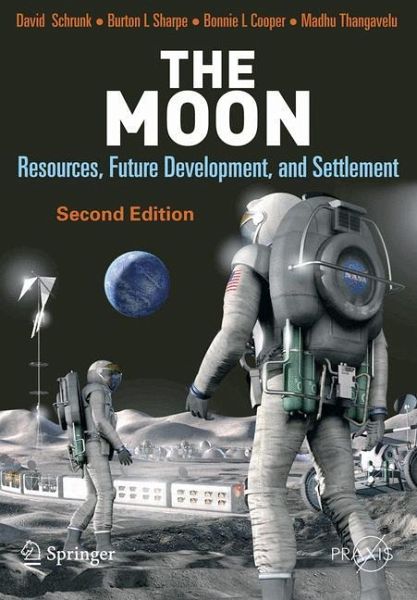
The Moon
Resources, Future Development and Settlement

PAYBACK Punkte
24 °P sammeln!
The Moon: Resources, Future Development and Settlement describes feasible human settlement of the Moon in the coming century. Small scale, tele-operated and autonomous robotic in-situ resource utilization (ISRU) projects are first, followed by electric power, communication, and transportation networks manufactured from lunar resources. These infrastructure networks are field tested an commissioned in the polar regions of the Moon, and permanent human settlements are then established. Through several phases of development, the utility networks grow, and the number of permanently inhabited bases...
The Moon: Resources, Future Development and Settlement describes feasible human settlement of the Moon in the coming century. Small scale, tele-operated and autonomous robotic in-situ resource utilization (ISRU) projects are first, followed by electric power, communication, and transportation networks manufactured from lunar resources. These infrastructure networks are field tested an commissioned in the polar regions of the Moon, and permanent human settlements are then established. Through several phases of development, the utility networks grow, and the number of permanently inhabited bases increases to inculde all areas of interest on the Moon. The book stresses that the envisioned "Planet Moon Project" will link the technological and cultural expertise of humanity to the virtually limitless resources of space. From that beginning, the people of the Earth reap substatntial benefits from space, and the human species will evolve into a spacefaring civilization.




